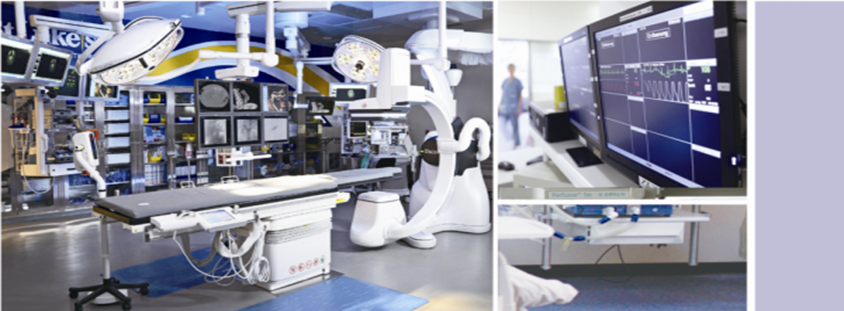Traditional treatment of cerebral stroke
“Cerebral Stroke”, also known as “Cerebral Vascular Accident, CVA”, is an acute cerebrovascular disease that is caused by a blood vessel bursting in the brain or angiemphraxis, the improper flow of blood to the brain leading to damage. The two dominant types are ischemic and hemorrhagic stroke, with the incidence of ischemic stroke being higher and accounting for 60% to 70% of the total number of cerebral stroke incidents per year. Internal carotid artery and vertebral artery occlusion and stenosis can cause ischemic strokes and is often found in adults over 40 years old, particularly men.
The conventional treatments include thrombolysis, antiplatelet therapy, early anticoagulation and neuroprotection. Pre-emptive treatments include antihypertensive therapy, blood sugar treatment, management of encephaledema and intracranial hypertension.
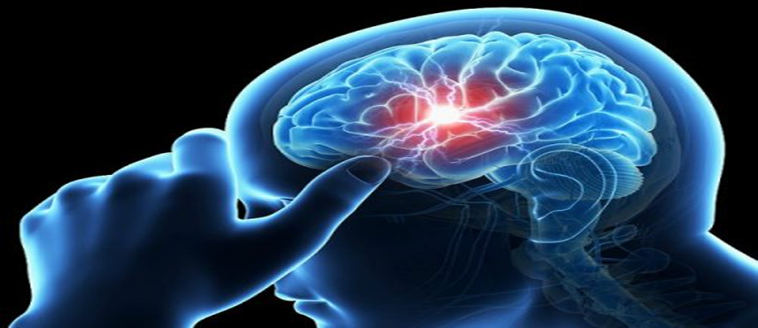
Treatment of cerebral stroke in acute phase by Robotic brain stereotactic surgery
When a Cerebral hemorrhage occurs, the rupture floods the brain with a large quantity of blood that creates pressure on the surrounding brain tissue. This pressure causes brain edema, herniation and even necrosis which can lead to loss of life.
It is at this juncture that Beijing Puhua International Hospital’s famed “Robotic brain stereotactic technique” which creates a three-dimensional map of your brain and allows the robotic surgical system to pinpoint the affected area with a margin of error of less than 1mm, can be utilized. This piece of technology allows a catheter to be positioned with extreme precision to drain the excess blood, reducing the pressure and saving the patient’s life.
The robotic stereotactic surgery used by Beijing Puhua International Hospital is safe, reliable and allows surgeons to know the exact location, size, volume and shape of lesions before performing the surgery. This allows the doctor to find the best surgical path to affect, regulate or repair the intercranial lesion. This is particularly important for lesions that are located deep within sensitive areas of the brain which leave little margin for area and would be impossible to treat using another method such as craniotomy.
The procedure itself is far more efficient than traditional surgery, reducing the time on the operating table from 3 hours down to 1 hour. In clinical trials, 95% of patients reported a significant in improvement in condition and reduction of symptoms.
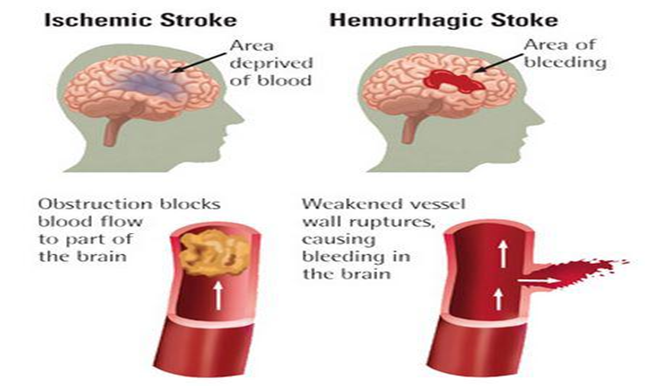
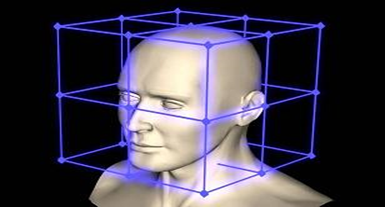
Robotic stereotactic prosthesis for sequelae of cerebral stroke
Severe cerebral strokes can cause permanent neurological damage with a high early mortality rate. Survivors are faced with varying degrees of sequelae including dyskinesia, cognitive dysfunction, lalopathies and dysphagia. The most common for ischemic cerebral stroke patients being hemiplegia.
For patients with cerebral stroke sequelae, Beijing Puhua International Hospital uses stereotactic brain prosthesis combined with neurotrophic factor transplantation, that regulates and repairs the areas of the brain that control muscle tension, strength, cognitive function and motor function.
At Puhua, our course of treatment includes rigorous physical therapy (rehabilitation) combined with a routine of Traditional Chinese medicine that not only strengthens the patient’s body but boosts its ability to heal itself.
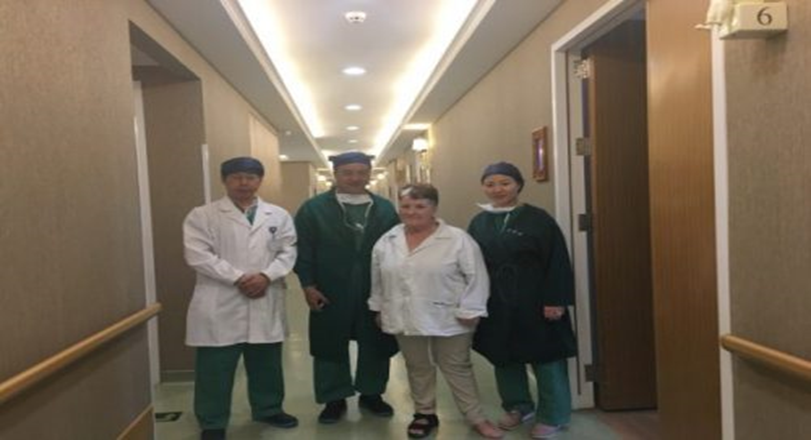
Device support for stereotactic repair surgery to treat cerebral stroke
Currently, the Remebot robot is the world’s most advanced neurosurgical assisted positioning system, most commonly used in neurosurgical procedures and other operations with very high accuracy requirements.
